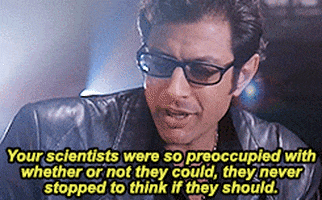“They (a 7-year-old) need to shorten their backswing!”
“8-Year-Old with ATP Forehand!”
“Grow like a rose, not like a weed! Right start, great start!”
Should juniors be taught “adult” strokes from the beginning?
Should an 8-year-old swing like Federer? Moreover, did Federer swing like Federer at 8?
When I posed this question to a coaching forum, the consensus was that fundamentals like balance, proper contact points, weight-transfer, and simple, repeatable strokes were more important for kids than having “perfect/adult/ATP” technique, yet I see posts like those above almost daily on Facebook and YouTube.
While videos titled “7-Year Old Swings with Appropriate Technique for His Age” might not get as many clicks, these are the reasons I personally believe in simple strokes for young folks.
#1. Change Isn’t Scary
I often hear the argument that players must learn the “right” way from the beginning, as they will be unable to change their technique later on.
This is Jannik Sinner’s forehand at age 11:
This Rafael Nadal’s at 14:
Not only is change possible, it oftentimes happens naturally, as a result of the conditions players are exposed to. Nadal’s backswing adapted to handle the increased pace of >14s play. Sinner’s backswing became shorter as he got stronger, and could more easily generate power. When I see someone advising a parent to shorten their child’s takeback, I laugh. Why do little kids naturally have a big backswing?
Some more examples:
Taylor Fritz
Roger Federer
#2. Time is Money
How much time (and patience!) would it take to teach a 3-year-old to tie their shoes? Does a 3-year-old even need to be able to tie their own shoes?
Similarly, how much time does it take to teach and enforce “ATP” technique with young players? Does a 6-year-old need an ATP forehand?
Even the coach responsible for most of the “ATP BACKHAND/FOREHAND/SERVE” content has admitted that enforcing this technique is very difficult and time-consuming. Could that time be better spent on actual fundamentals? Is working on this technique likely to be fun for the young player? Did the current top ATP players have ATP-style swings as kids?
Imagine, after years of technical training, you finally get your 12-year-old to swing like an pro… then they go through a growth spurt and become a gangly mess.
#3. “You’re writing checks your body can’t cash!”
Asking a young player to swing like an adult, using adult techniques, but without an adult’s musculature, is a recipe for injury. Frequently, in the videos showcasing “9-YEAR OLD ATP BACKHANDs (WOW!)” I see players unable to accelerate, decelerate, and maintain control over their bodies when swinging.
Out of respect for the coaches and their players, I won’t post any examples here, but the next time you see one of these videos, watch the player in slow motion. Do they swing the racket maintaining balance, stability, and control over their body, or does it seem like the racket is swinging them?
#4. The Right Tool for the Job
“First, do no harm.”
Simpler, yet still scalable, technique allows the player to make more balls, get more practice, and be successful faster.
I explore this topic in greater depth in my article:
“When we learn tennis we start from a pushing movement limiting the number of segments (in order to control the contact point) to progress towards a throwing movement involving more coordination (in order to to generate more power).” - Cyril Genevois, P.H.D.
Rather than asking if young players CAN be taught high-level techniques, we need to consider whether they SHOULD, and thus must examine downside risk. What do we gain by teaching the player adult technique from the beginning? Seemingly, not much. What do we risk? Lost time, potential injuries, frustration, burnout, and more.






Very informative article. I love that you pay attention to the students development and not what parents necessarily want to see Keep up the great work.